In Cruella, the dark stories, intense ambition, and striking visuals go beyond simple fantasy; they mirror the real-life horrors, complexities, and struggles of our world, set within a bold, fictional landscape. The powerful women at the centre of Cruella; dressed in leather, PVC, rubber, jodhpurs, high heels, and often holding whips; are more than just eye-catching figures. They represent control and cruelty, their look intensifying the sharp contrasts in the story. These women defy expectations by taking on roles of relentless power, roles rarely assigned to women in society. Through this twist, they highlight the harsh divides in our reality: the gap between wealth and poverty, strength and weakness, predator and prey.

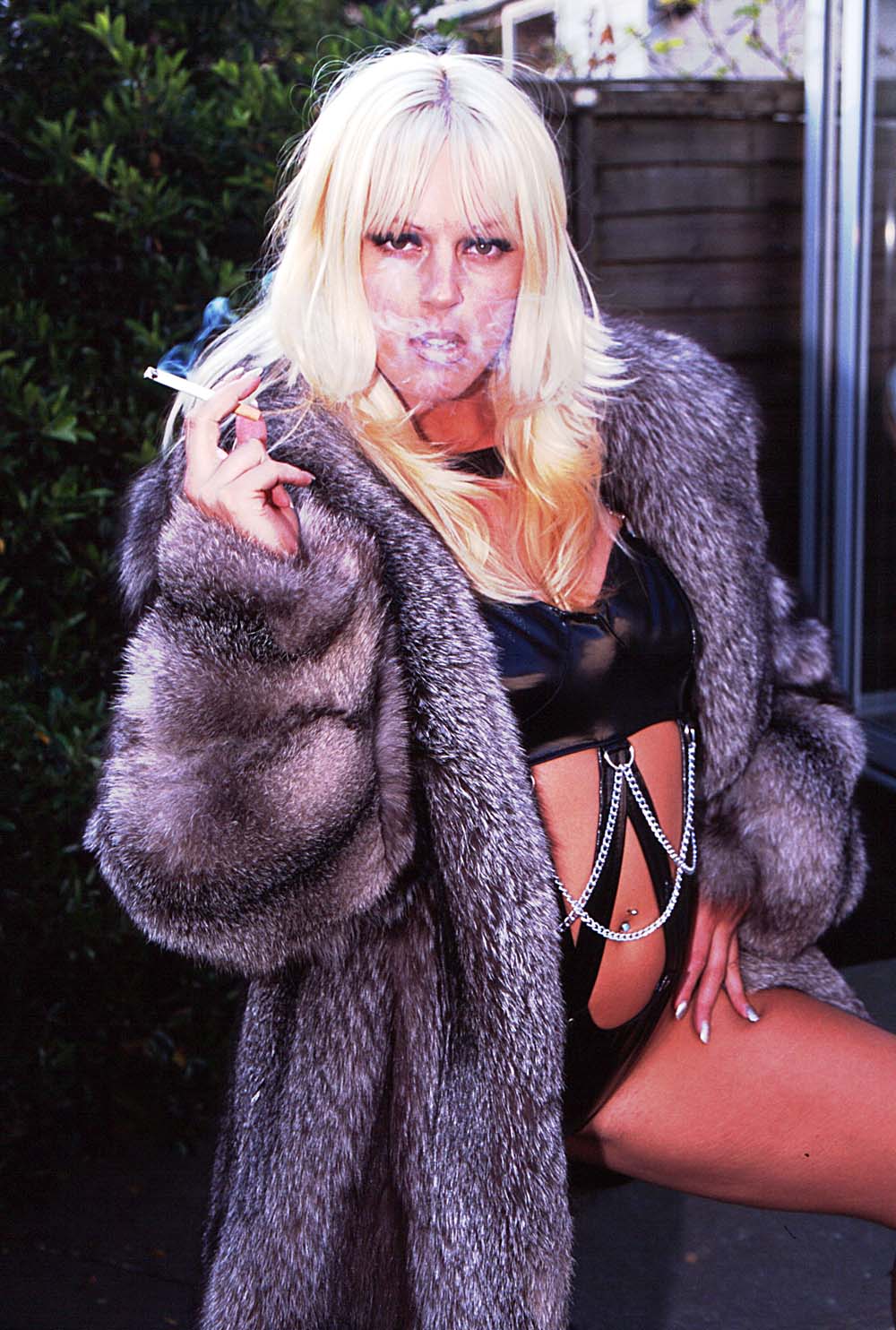

In Cruella, power is a brutal, unforgiving force, and the women who wield it are not guided by compassion but by a hunger for control and a fierce survival instinct. They are embodiments of authority without mercy, dominating their worlds with calculated cruelty. This inversion of feminine expectation emphasizes the absoluteness of power, portraying it as indifferent, seductive, and chilling. By positioning women in these roles, Cruella underscores the relentlessness of societal power dynamics, emphasizing how systems; like the stark inequalities in our own world; demand subjugation and inspire both fear and awe. This twisted portrayal of strength forces readers to confront the terrifying nature of authority, seeing it untempered by softness or empathy.
The lore within Cruella is built on inner demons and unspoken fears, crafted as a mechanism to process the turmoil and incomprehensible cruelties of reality. These stories are born from the same struggles and pains that weigh on us; resentments, frustrations, and unspoken fears; and they create a framework for exploring the disturbing allure of power, the consequences of cruelty, and the psychology of fear. The women of Cruella are more than characters; they are symbols of our inner conflicts, representing the darker aspects of human nature in a way that allows us to grapple with these emotions safely, at a distance. By transforming these feelings into fantasy, Cruella provides a space for the soul to wrestle with power, dominance, and survival without the threat of real-world consequences.
The imagery of Cruella; the stark, seductive aesthetics, the ruthless women who command without mercy; is not simply about allure. It serves as a mirror, reflecting our society’s darkest facets and forcing us to confront the raw power dynamics that often go unspoken. These women become symbols of an unyielding authority that is both alluring and terrifying, reminding us that the strongest forms of control are often those that embrace cruelty without apology. Yet, for all its darkness, Cruella is ultimately a work of fiction. It is a structured, artistic exploration of power, not a reflection of personal beliefs or desires. These stories are created to provide a safe space to explore the unsettling realities of our world, helping us make sense of them, if only just a little. Cruella is, in the end, nothing more than a fantasy; a tool for understanding, a place for catharsis, a carefully crafted fiction that lets us confront what we cannot easily grasp in reality.
In Cruella, readers often find themselves drawn to dark, complex narratives, unable to fully grasp why tales of cruelty, power, and ruthless women resonate so deeply. There’s often an unspoken sense of conflict within them; a craving for these fantasies that feels, on the surface, contradictory to their own ethics and sense of compassion.
The allure of Cruella is, in part, a response to the twisted realities of life. The world around us can be deeply cruel, filled with experiences and traumas, especially those that are formed in childhood, that leave lasting marks on our inner landscapes. The mind, in its complexity, finds ways to cope; sometimes by reshaping pain and fear into fantasy. These fantasies give form to the chaos within, allowing readers to grapple with inner turmoil in a safe space where no harm is truly done. Through the stories of Cruella, readers find a way to confront the powerlessness, betrayals, and suppressed emotions that linger beneath the surface, turning them into something structured, even beautiful. It’s a way to process the unprocessable, to find solace in the darkest parts of the self.
They are not alone in this. Such cravings are not perverse; they are, instead, deeply human responses to a complex world that rarely allows for vulnerability or honesty about our fears and anger. When real-world events, childhood traumas, and suppressed desires intertwine within us, they can create confusing, conflicted feelings, mixing morality with darker urges as the mind searches for ways to make sense of its experiences. Sexual interest or intrigue, especially in dark, intense narratives like those in Cruella, may feel twisted, even perverse, but it’s often the mind’s way of exploring control, vulnerability, and the forbidden in a safe, fictional space.
The truth is, there would be no need for worlds like Cruella if the real world weren’t so flawed, so laden with unspoken pain and unresolved conflicts. These stories serve as outlets, as mechanisms to understand, cope, and sometimes to heal. So, to the reader who feels mixed up, conflicted, even disturbed by the fantasies they are drawn to: you are not alone, and there is nothing wrong with you. The human mind is complex, its desires shaped by a lifetime of experiences, some of which are buried so deep that they resurface only through stories.
Cruella is a fiction, a carefully crafted place where these emotions can live and breathe safely. It’s a reflection of a world that struggles to offer kindness and stability, and a way to find balance in the midst of inner chaos.
In creating Cruella, my aim is to build a world for true fans; a place that stands apart from the fast-paced, disposable content that dominates social media today. In an era where there’s so much material flying around, it’s easy for meaningful, detailed work to get lost. People collect endless images and stories, scrolling past without truly engaging, appreciating, or digesting the art and thought that went into each piece. Cruella is meant to be the opposite of that: a carefully crafted universe for those who appreciate deep, layered storytelling and the art of immersive world-building.
I want to focus on a core community of dedicated followers who truly resonate with the themes of Cruella and who want to explore its depths together. For me, Cruella isn’t just about creating content; it’s about creating a shared experience, one that grows and evolves with the insights and passions of its fans. I’m eager to hear your thoughts, comments, and ideas about where you’d like to see the world go. Your input can shape the narrative, character arcs, and even the dark legends that make Cruella so unique.
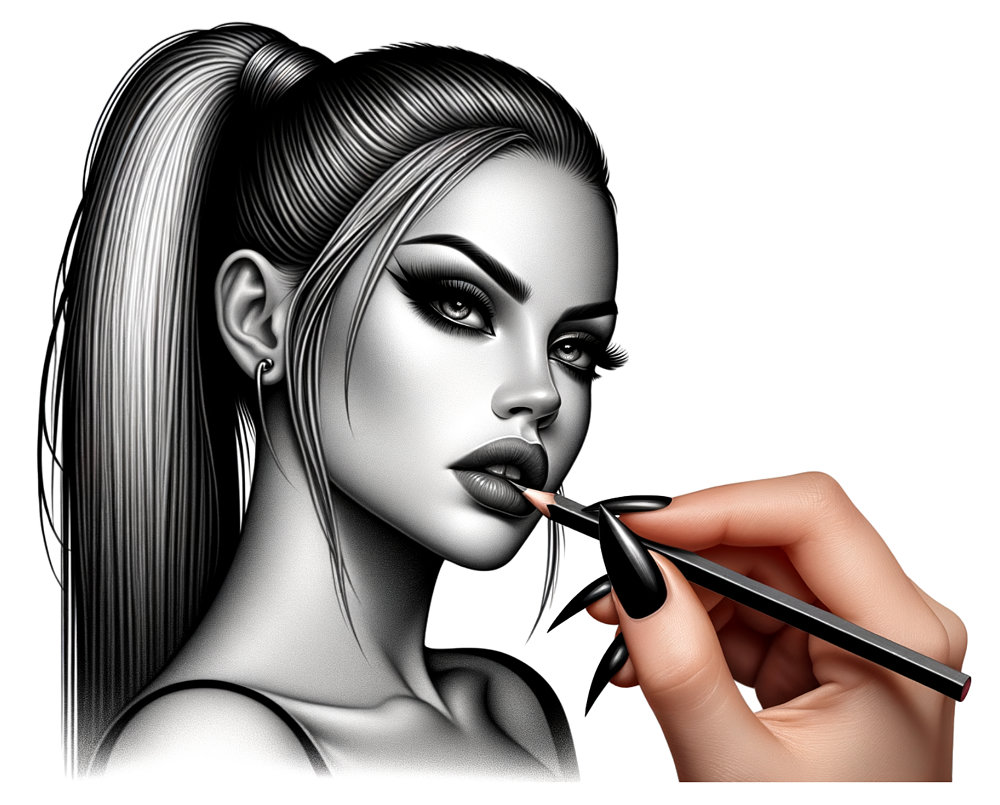
For those who feel a deeper connection to Cruella and want to take it further, there are so many possibilities. Imagine creating new characters together, crafting their backstories and personalities to add depth and complexity to the world. Or even participating in filming sessions, working with models to embody these characters, and bringing them to life on-screen. I envision Cruella as a world built not just by me, but by a community of true fans who bring their creativity, insights, and talents to the table.
Let’s build a world that stands apart from the fleeting content of social media; a world shaped by real fans who value the time, effort, and artistry involved in every piece of Cruella. Together, we can create a space that celebrates depth, mystery, and storytelling, a place for those who are drawn to this universe and want to see it thrive. Cruella is not just my vision; it’s a world we can grow and develop as a community, building something extraordinary and lasting.
Just one question/observation. You seem to be moving away from the roots of the Cruellan Herstory, which was beautifully portrayed in Chapter 1. The attitude of the women when the male was struck by the car perfectly encapsulated the disdain that women have for males in this alternate universe. Here, males are regarded as the lowest forms of life and viewed with utmost contempt, which I find thrilling, and I can’t get enough. The crueller the better when it comes to the male creatures.
I have to admit, though it does trouble and disturb me when the stories move to include wanton and gratuitous cruelty to animals and women, especially poor and socially disadvantaged women. Do you foresee the stories moving more towards wealthy and powerful women directing their sadism towards everyone (males and females alike), or will there be a return to the original concept of women dominating males? Just my personal preference I guess, but the concept of a world where ALL women are free, regardless of wealth of status, and use males in whatever way they wish, is what really draws me to the Cruellan universe.
The emphasis on women, even the poorest and most disadvantaged, enjoying and celebrating their superiority over inferior male creatures is for me the most exciting and compelling angle, and stories that capture the mentality and psychology of these women, with their contempt for males on full display are what I truly love.
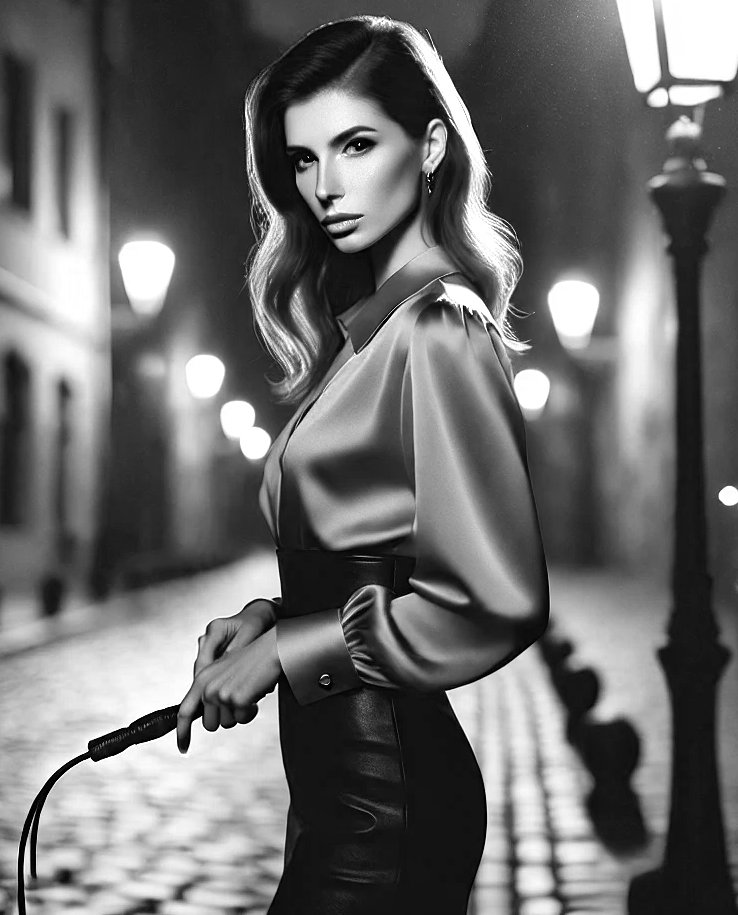
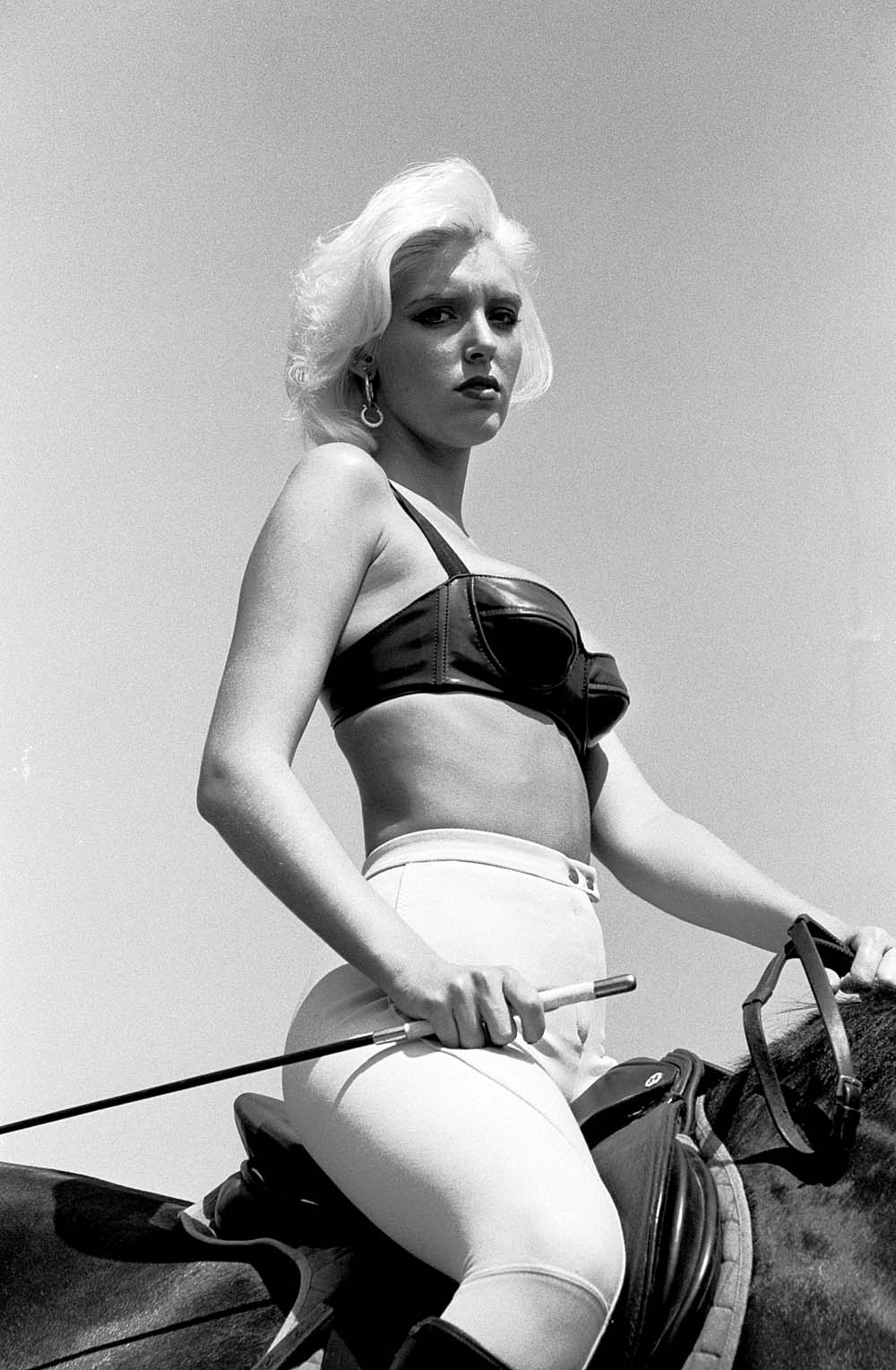
Thank you so much for taking the time to share your thoughts and reflections on Cruella. You’re absolutely right: the core of the Cruella universe is, indeed, a world where women are fully in control, treating others; particularly men; with a fierce disdain that defines the social order. This concept is central to Cruella, offering a dark, powerful twist on societal dynamics.
That said, Cruella is also very much a reflection of our own world, albeit exaggerated and twisted. The story draws from the harsh realities and unpleasant aspects of human behaviour as seen in our real society, and in doing so, it exposes truths and horrors that do exist around us.
For example, while I absolutely do not condone cruelty to animals (I’m a big animal lover myself), this fictional portrayal includes disturbing acts, like hunting for sport, to highlight how power and privilege can corrupt absolutely, leading to behaviours that are self-indulgent and morally questionable. This element, though uncomfortable, serves as a dark parody of the excesses we sometimes see in reality.
Similarly, the concept of powerful women showing cruelty even towards other women; especially those who are vulnerable or disadvantaged; is not meant to glorify such behaviour but rather to reflect a truth about the nature of power and corruption. In real life, those in positions of authority sometimes exploit others, regardless of common bonds, simply to satisfy their own desires.
Cruella uses these elements to portray a raw, unfiltered view of this reality, magnifying the flaws of human nature in a fictional, female-dominated world. To remove these unsettling aspects would make the world feel incomplete, less connected to the complex dynamics of real life.
That being said, I do want to acknowledge and respect the preferences of dedicated readers like yourself. I understand the appeal of focusing more on women’s control over men specifically, without diluting the concept with additional layers that may detract from this theme.
The story you refer to [CHAPTER 17: Taming The Beasts, Part 1] serves a critical purpose in illustrating the depths of cruelty that define characters like Athena and Lady Cassandra. These two women are designed to embody absolute ruthlessness and self-interest, driven solely by their own pleasures and desires, with little regard for anything or anyone outside their personal agendas. Their actions showcase a level of depravity that highlights their indifference to others, emphasizing the lengths they’re willing to go for their own gratification.
It’s important to understand that the story wasn’t intended to focus on their subjects; rather, these subjects (their victims) are incidental, acting as devices that reveal the moral void within Athena and Lady Cassandra. Sometimes, to truly grasp the essence of such characters, it’s essential to read between the lines, looking deeper to uncover the underlying motivations that shape these figures. This requires an open mind, as the darker nuances of their personalities unfold across the narrative.
In the world of Cruella, cruelty from women toward other women is not a regular element; it’s carefully introduced only when necessary to define a character’s unique darkness. Generally, women across Cruella’s social spectrum whether wealthy or impoverished share an innate superiority over men, and their interactions rarely involve harm toward one another. However, in certain stories, like this one, cruelty among women is employed to unearth the true nature of particularly twisted figures. It serves to distinguish these women as extraordinary in their malice, showing that some characters are willing to transgress even the unspoken rules of this universe.
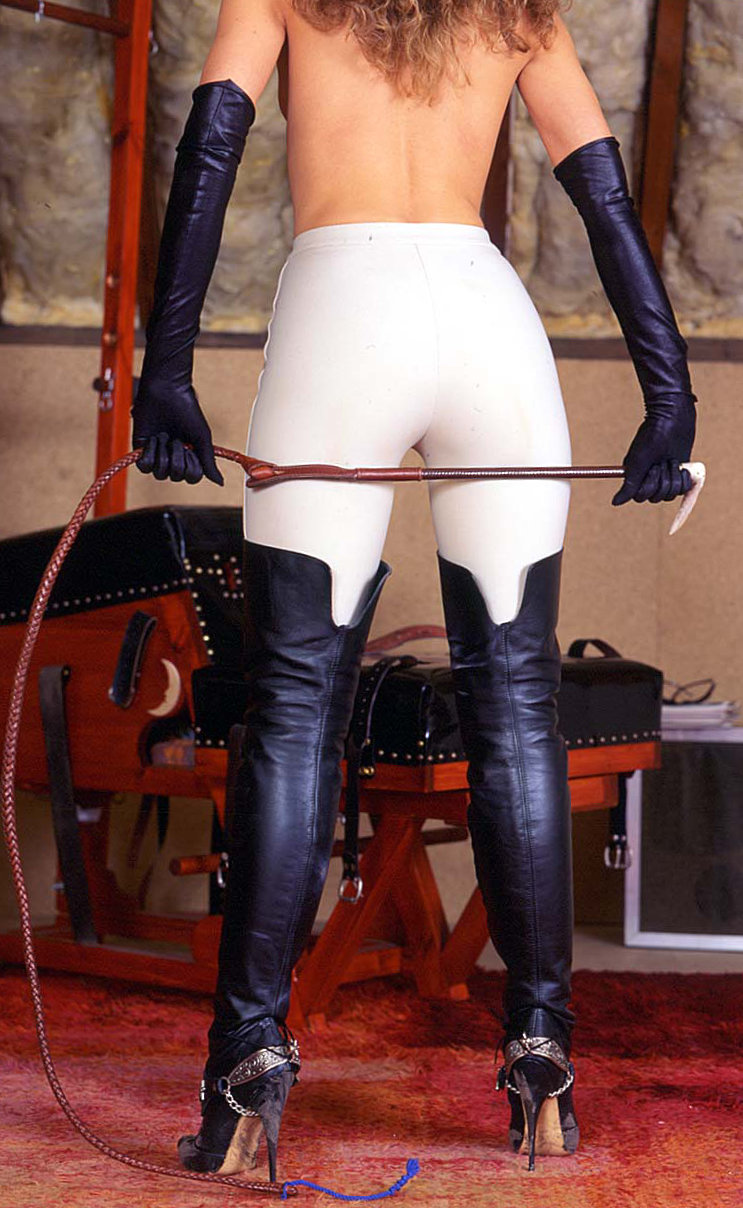
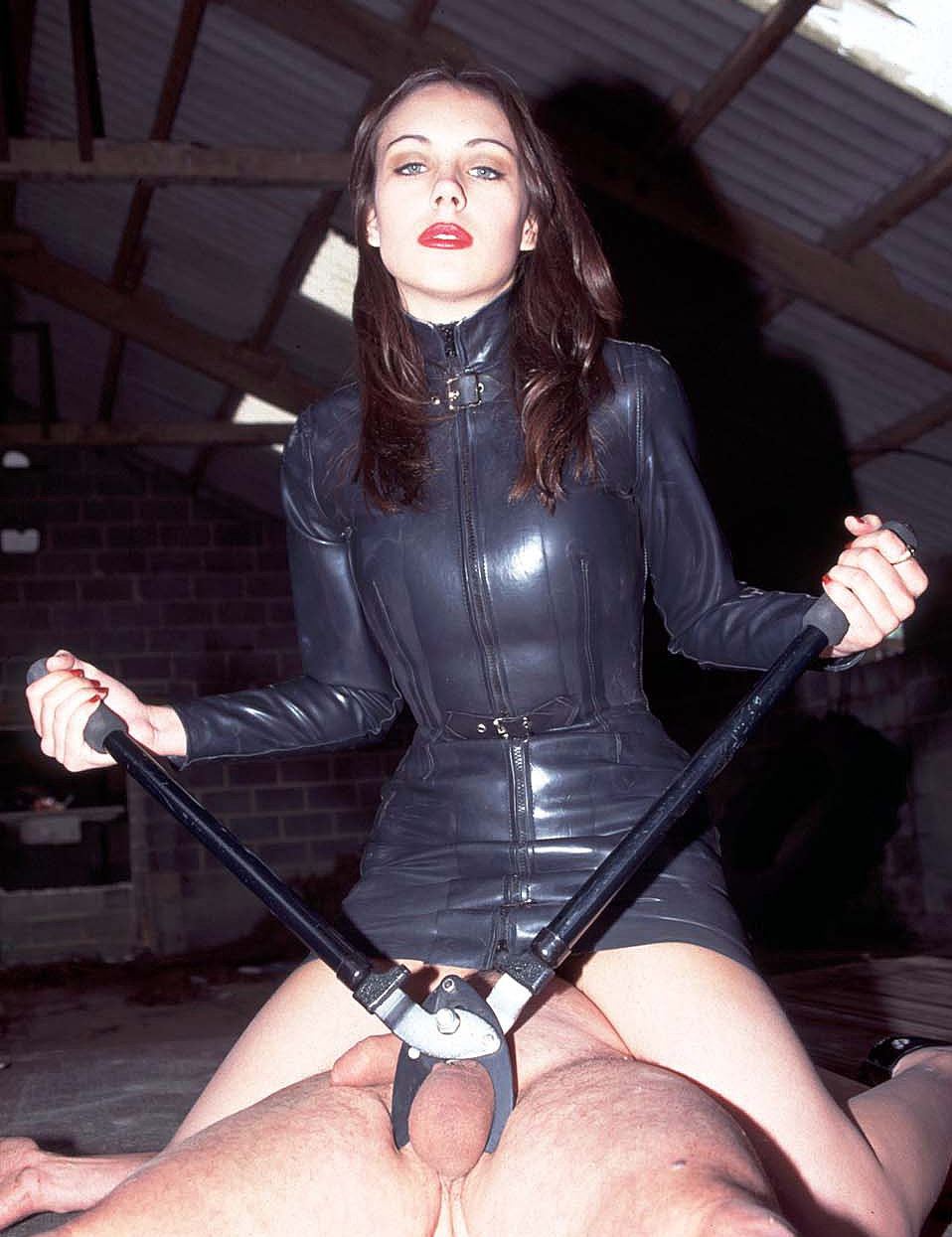
Back in the 1990s, female domination was something most people didn’t talk about openly. It lived in private spaces; underground BDSM clubs, discreet relationships, and hidden corners of society. For those involved, it felt like stepping into a secret world, exciting and a little forbidden. It wasn’t just about power; it was about trust, intimacy, and exploring a connection that went against the norms of the time.
Part of what made female domination so thrilling back then was how hidden it was. Without the internet to expose everything, finding this lifestyle often required effort and courage, creating a sense of exclusivity. It felt personal and meaningful, like a rare treasure shared between people who truly understood each other.
Today, things are very different. Female domination has come out of the shadows, shaped by the rise of social media, changing gender roles, and new ways of thinking about power. Platforms like X and TikTok are full of women embracing their dominance in a public way, often as part of a personal brand. The modern “queen” might not just seek control over a partner in private; she might demand tribute from followers online, turning power into a kind of performance for an audience.
This shift raises a lot of questions. In the past, female domination was about connection and discovery. Now, it often looks more transactional. For instance, the trend of financial domination; or “findom”; has become popular, with women expecting “simps” (devoted fans) to send them money as a way of showing devotion. While some see this as empowering, others feel it waters down the emotional depth that once defined female domination.
Feminism has also played a role in this evolution. The movement has helped normalize female empowerment and made it easier for women to claim authority in all areas of life, including relationships. But for some, this mix of feminism and domination has blurred the lines. Has the rise of female power in everyday life made the private, intense dynamic of domination less unique? Or has it added new dimensions to it?
The biggest difference is how public it has all become. What used to feel intimate and secret now plays out on a global stage. Some people love this openness, saying it makes female domination more accessible and understood. Others miss the mystery and the sense of stepping into a hidden world.
He never talked about female domination the way we think of it today, like in BDSM or power-focused relationships. But his theories about human behavior and sexuality can still give us clues about how he might have seen the roots of this kind of dynamic.
Childhood and Power Dynamics
Freud believed that our relationships as adults are shaped by our early experiences as children. One of his big ideas was the “Oedipus complex.” In this theory, little boys feel a mix of love and rivalry; they’re drawn to their mothers but see their fathers as competition. Freud might have thought that male submission to a dominant woman connects to these early feelings, like seeking the comfort of a strong maternal figure or replaying those childhood dynamics in a new way.
Hidden Desires and Repression
Freud often said that people’s adult desires come from feelings they’ve pushed down or hidden, especially those that seem unacceptable. He might say that the appeal of being dominated by a woman could come from repressed wishes to give up control or to let go of the pressures of being in charge; feelings shaped by society’s expectations about being “manly.”
Fear of Losing Power
Freud talked about something he called “castration anxiety,” which is basically a deep fear men have about losing power or control. A dominant woman might, in a way, represent both fear and fascination for men. By submitting, a man could confront this fear but also find relief or even excitement in giving up control.

The Mystery of Women
Freud famously admitted he didn’t fully understand women, calling femininity a “dark continent.” He did, however, recognize the powerful role that mothers and other strong women play in shaping our lives. A dominant woman could remind someone of this mix of nurturing and authority; a figure who is both caring and commanding.
Why Freud’s Ideas Aren’t the Whole Story
Freud’s theories are old and often criticized for being too focused on sexuality or influenced by outdated, patriarchal ideas. While his thoughts can give us a starting point to understand why someone might be drawn to female domination, modern psychology looks at these dynamics as being much more complex, involving individual personality, culture, and personal preference.
Even though Freud didn’t directly talk about female domination, his ideas about power, childhood experiences, and hidden desires offer a way to think about where the appeal might come from. But to really understand it, we need to go beyond Freud and consider today’s broader perspectives.
It’s often said that some of the most successful and powerful men are attracted to female domination. At first, it might seem surprising; after all, these men are used to being in control of their businesses, their decisions, and their lives. But when you dig deeper, it starts to make sense: femdom offers them something they rarely experience; a release from control.
The Need for Balance
For men who spend their days making high-stakes decisions and maintaining authority, the constant demand for control can become overwhelming. Power in everyday life comes with responsibility, pressure, and a need to always appear strong and decisive. For some, this weight creates a desire to escape those expectations, even if only temporarily.
Female domination provides an opportunity for that release. In a dynamic where a woman takes charge, these men can surrender their control, allowing themselves to let go of the pressure and demands of their daily lives. It’s not necessarily about humiliation or weakness; it’s about finding balance. By stepping into a submissive role, they create a space where they don’t have to be “in charge” for a little while.
Power Dynamics and the Illusion of Surrender
Here’s where it gets interesting: even though these men might appear to be surrendering power, they often remain in control of the overall interaction. Why? Because they’re the ones choosing to step into that dynamic. They set the terms, pick the boundaries, and decide when and how the exchange happens.
In this way, the male participant controls the narrative of the interaction. The dominant woman may take the lead during the act, but it’s often the man who has ultimately chosen the time, place, and nature of the dynamic. This means that while it might look like they’re giving up control, they’ve actually orchestrated the experience to suit their needs.
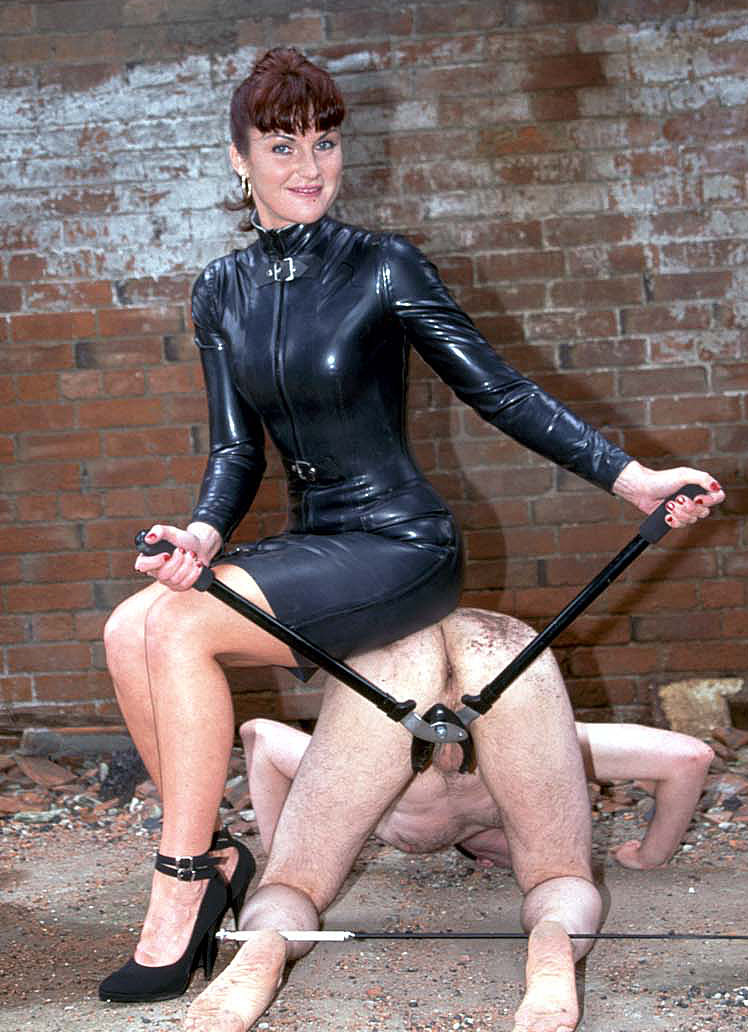
Domination and Submission are rarely as simple as they seem.
The Appeal of the Role Reversal
Role reversal is another key part of the appeal. For a man used to being at the top, experiencing the opposite dynamic can be thrilling. It’s not about being “weak” or “lesser”; it’s about exploring a side of themselves that rarely gets expressed. It’s similar to how some people enjoy stepping into different roles in other parts of life; it’s a way of breaking free from the routine and discovering new perspectives.
A Safe Space for Vulnerability
One of the unique aspects of femdom is the way it creates a safe space for vulnerability. For men in positions of power, showing vulnerability in their professional or public lives can feel like a risk. But within the context of female domination, they can explore those feelings without fear of judgment. This creates an environment of trust and emotional freedom that can be deeply rewarding.
The Power Behind the Power Exchange
Ultimately, the draw of femdom for powerful men isn’t just about submission; it’s about creating a balance between control and release. They don’t lose their authority; they simply shift it for a time. In many ways, they hold the ultimate power by setting the stage for the exchange to happen.
This dynamic highlights an important truth: domination and submission are rarely as simple as they seem. Even when one person takes charge, the interaction is often shaped by mutual agreement and shared desires. For successful men seeking balance, femdom offers not just an escape, but also a way to explore a deeper connection with themselves and their partners.
The theory that childhood experiences influence a man’s fascination with female domination goes beyond family dynamics. While maternal relationships often take center stage in these discussions, many other early experiences; such as interactions with peers, school dynamics, and societal influences; also play a significant role. For some men, these encounters mix feelings of admiration, fear, vulnerability, and desire, setting the stage for a deeper interest in female authority or dominance later in life.
Encounters with Cruelty and Beauty
A particularly compelling dynamic involves the juxtaposition of childhood fascination with beauty and the experience of cruelty from girls. As children, many boys are drawn to the beauty of their female peers; a beauty that can seem mysterious, powerful, and even untouchable. At the same time, if these admired figures acted cruelly, teased them, or humiliated them, the boy might internalize a mix of emotions: awe, fear, anger, and submission.
This combination of beauty and cruelty can create a lasting impression. In adulthood, dominant women may embody this paradox, offering a blend of allure and authority that feels both thrilling and familiar. The dominant woman becomes a symbol of power, much like the girl in childhood who held emotional sway over the boy’s feelings, whether through teasing, rejection, or playful cruelty.
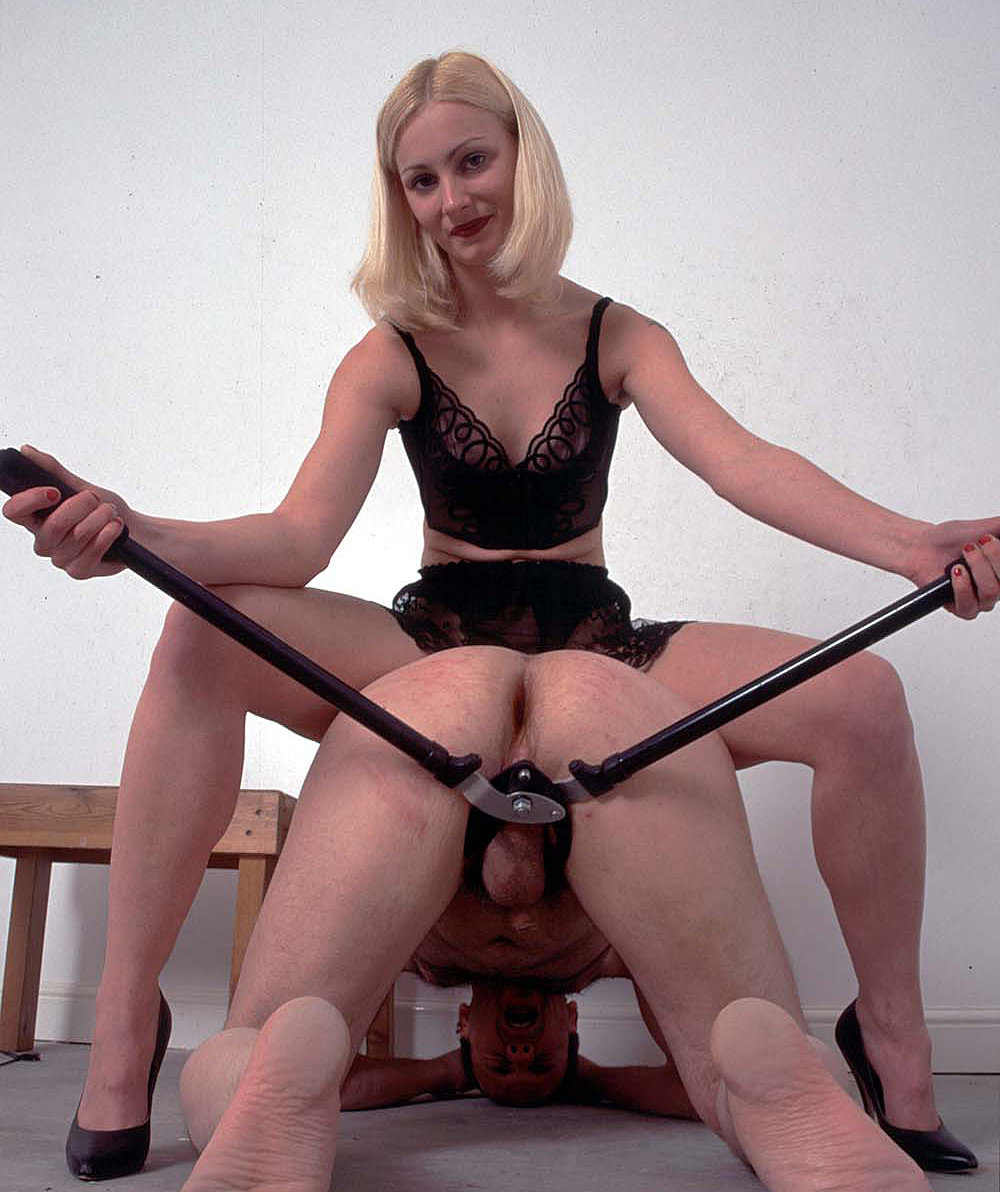
Bullying and the Reinforcement of Power Dynamics
For boys who experienced bullying by girls in school, the power dynamics of those interactions can leave a psychological imprint. Being teased, overpowered, or publicly embarrassed by female peers might have felt both painful and strangely captivating. While the boy may have resented the humiliation at the time, he may also have been drawn to the sense of power those girls wielded.
As adults, these men might find themselves revisiting those feelings through an interest in female domination. Submitting to a dominant woman can offer a way to process or reclaim those childhood experiences, turning what once felt painful or out of control into a consensual and exciting dynamic.
Fascination with Authority and “Otherness”
Young boys often view girls as different or “other.” This sense of mystery can be magnified if girls in their lives exhibit strong authority or confidence. A strict teacher, an intimidating older sister, or even a commanding babysitter can leave a lasting impression on a boy’s psyche. These figures may symbolize a kind of power that feels both alien and magnetic; a type of authority that becomes an object of fascination.
For some men, dominant women in adulthood reflect this early experience of female authority. They may seek out relationships or interactions where the woman takes charge, recreating the feelings of awe and submission they first encountered as children.
The Impact of Vulnerability
Childhood is a time when everyone feels vulnerable, but for boys who faced rejection, teasing, or feelings of inadequacy, this vulnerability can become closely linked to their understanding of power and attraction. If a boy was made to feel small or unworthy by a girl he admired, those emotions might not disappear as he grows older. Instead, they might evolve into an adult desire to relive those feelings; but this time in a controlled and consensual way.
The dynamic of female domination allows these men to explore vulnerability within boundaries. The dominant woman takes on the role of the powerful figure from their past, but the adult man now has control over the context, creating a sense of safety even in submission.
Rebellion Against Early Experiences
On the other hand, some men may develop a fascination with female domination as a way to challenge early experiences where power was wielded unfairly or harmfully. For example, if a boy felt overpowered by cruel girls or authority figures in his youth, femdom may offer a space to rewrite that narrative. In this setting, power becomes something they willingly give up, not something taken from them without consent.
This act of “choosing” submission can be incredibly empowering. It flips the script on past experiences, allowing the man to reclaim and reframe the power dynamics that once felt overwhelming or negative.
The Role of Fantasy and Escapism
For many boys, childhood fantasies involve elements of power, adventure, and heroism. But when these fantasies are paired with early experiences of female authority or cruelty, they can evolve in unique ways. A boy might imagine scenarios where he is at the mercy of a powerful woman; someone who is both alluring and dominant.
These fantasies often carry over into adulthood, where they can manifest as a fascination with femdom. In this way, female domination becomes not just a sexual preference but also a form of escapism, allowing men to revisit and reimagine the emotional landscapes of their youth.
Conclusion
Childhood experiences, from maternal relationships to schoolyard interactions, play a profound role in shaping a man’s interest in female domination. Encounters with beauty mixed with cruelty, bullying, authority figures, and early feelings of vulnerability all contribute to the complex ways men view power and submission.
In adulthood, these formative experiences often resurface as a desire to explore these dynamics in a safe and consensual way. Dominant women become symbols of both fascination and freedom, allowing men to engage with emotions and power structures that first took root in their earliest relationships. While the specific experiences vary, the underlying theme is often the same: a deep, personal connection to the way power, attraction, and vulnerability intertwine.
For many men, the path to success is driven by a natural desire to improve their lives, build a future, and achieve their goals. But for some, this determination is rooted in painful childhood experiences, particularly those marked by bullying and cruelty. Imagine a boy growing up poor, teased by classmates for his lack of wealth and ridiculed by cruel girls who saw him as inferior. This combination of vulnerability and torment can leave a deep emotional imprint, shaping not only his ambition but also his adult relationships, including a fascination with female domination.
The Role of Early Experiences
As a child, this boy learns quickly that the world can be harsh, especially for those who lack power or status. Girls he admires for their beauty might humiliate him, mocking his appearance, clothes, or lack of material possessions. Their teasing feels sharp and unforgettable, a mix of rejection and cruelty that magnifies his sense of inadequacy. Yet, rather than succumbing to despair, this boy resolves to rise above it.
The humiliation he endures doesn’t break him; it fuels him. The taunts and laughter become motivation, driving him to prove his worth and overcome the barriers that made him a target. This determination to escape his circumstances and achieve success becomes a defining feature of his personality.
Success as a Response to Cruelty
Years later, as a man, he becomes exactly what society respects: a successful businessman. He’s wealthy, confident, and in control. On the surface, he has left his painful past behind. But beneath his polished exterior, the emotional scars from those childhood experiences remain. The memory of being bullied and mocked by girls he admired lingers, shaping his desires and the way he views power and relationships.
While his success fulfils his practical goals, it doesn’t erase the emotional complexities tied to those early experiences. Instead, they resurface in the form of a fascination with female domination; a dynamic that allows him to explore, and perhaps even resolve, those feelings in a controlled and consensual way.
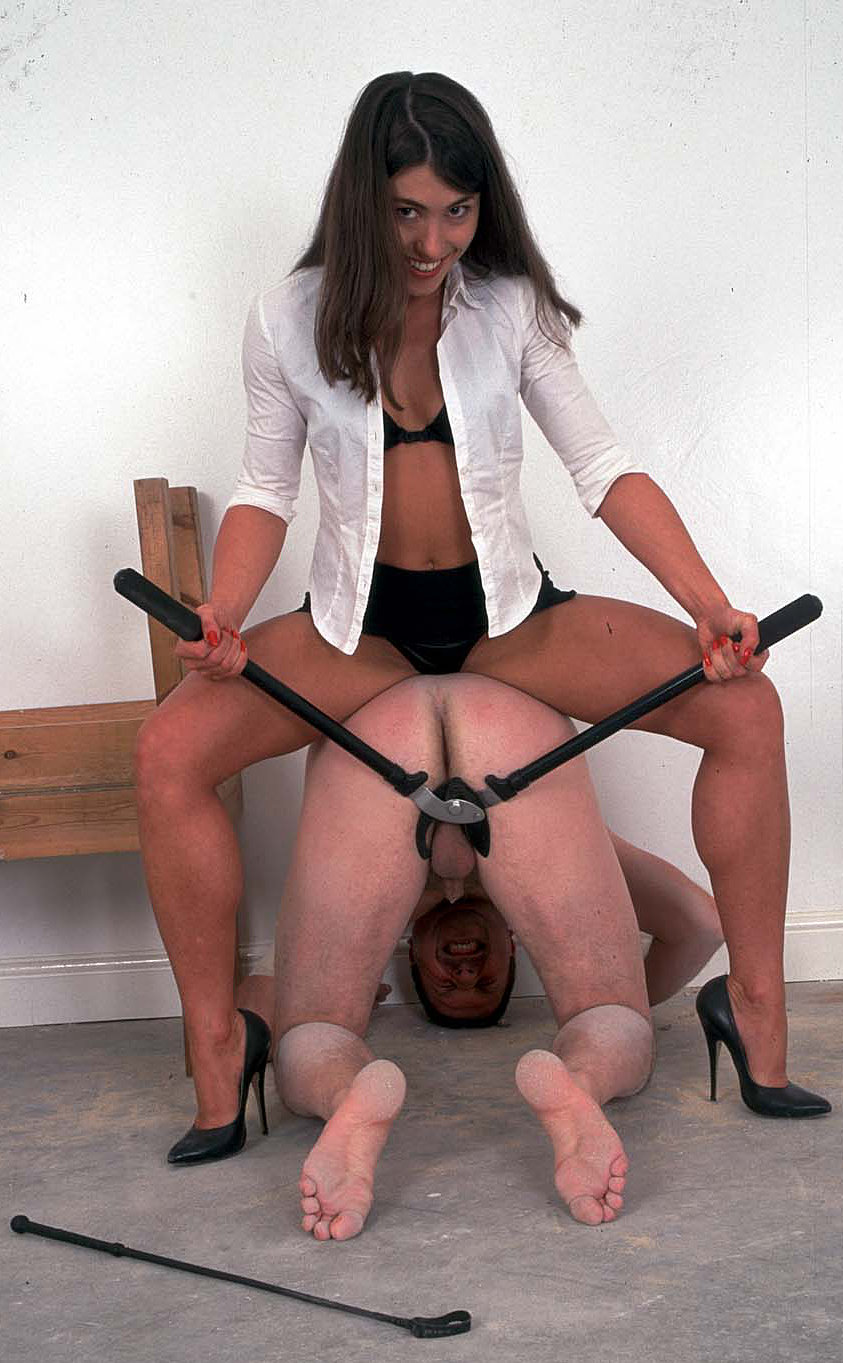
Resilient, Driven, Self-made, Haunted, and Complex
The Draw of Female Domination
For this man, dominant women represent both a mirror and a challenge to his past. They remind him of the cruel girls who teased him, wielding their beauty and power in a way that feels simultaneously familiar and alluring. But unlike in his childhood, he now has the agency to engage with this dynamic on his own terms.
By submitting to a dominant woman, he revisits the feelings of vulnerability and powerlessness he experienced as a child; but this time, the context is different. In a consensual femdom relationship, he chooses to give up control, creating a space where he can safely confront and even embrace the emotions tied to his past. The woman may take charge during the interaction, but the man remains in control of the narrative, deciding when and how this power exchange takes place.
The Determined Spirit of Success
This man’s fascination with female domination isn’t just about revisiting old wounds; it’s also a reflection of his resilience. The same determination that drove him to succeed in business fuels his desire to explore the complexities of power, submission, and intimacy. His interest in femdom is not a sign of weakness but a testament to his ability to turn pain into strength and transform vulnerability into an opportunity for growth and connection.
A Broader Representation
In many ways, this man represents a universal truth about the human spirit. Men who face hardships, whether due to poverty, bullying, or rejection, often channel their struggles into a drive to better their lives. Success becomes both a goal and a form of redemption; a way to prove their worth to themselves and the world. For some, the journey doesn’t stop at external success; it also extends inward, exploring the emotional layers of their experiences through dynamics like female domination.
Conclusion
The bullied boy who becomes a successful man is a story of resilience, determination, and emotional complexity. His fascination with dominant women isn’t just about the allure of power; it’s a deeply personal way to reconcile his past with his present. The cruelty he endured shaped his drive to succeed, but it also left an imprint that draws him to revisit those feelings in controlled, consensual relationships. For men like him, female domination offers not just an exploration of desire but also a journey toward understanding and balance; a way to embrace vulnerability while still holding onto the strength they’ve built over a lifetime.
He becomes … Resilient, driven, self-made, haunted, and complex!